
Salt is often maligned as being incredibly bad for us. We’re generally told that we should cut down our salt intake, partly salt is often used in processed foods and many of us are consuming far too much. With all that rhetoric, asking ‘is salt good for you?’ might seem strange.
Still, strange or not, the question is an important one. Few foods are entirely good or entirely bad for you. Even controversial ingredients, like butter and coconut oil have their share of benefits and could even be part of a healthy diet.
Salt is also a crucial ingredient to talk about, one of the oldest in our history. This isn’t surprising either, as salt helps to preserve food and saltiness is one of our basic tastes. Indeed, salt is so important that there have even been wars over it.
While salt doesn’t have the same scarcity these days, it’s no less interesting. Plus, with so much concern about our salt intake, it’s more important than ever to talk about why salt is important.
Is Salt Good For You?
- What Salt Does In Our Bodies
- Benefits Of Salt
- Is Too Little Salt Dangerous?
- Why We’re Worried About Salt
- How Much Salt Should You Be Having?
- How To Cut Down On Salt
- What About Pink Himalayan Salt?
- The Intersection Between Potassium And Sodium
- Research Is Ongoing
- Final Thoughts
What Salt Does In Our Bodies
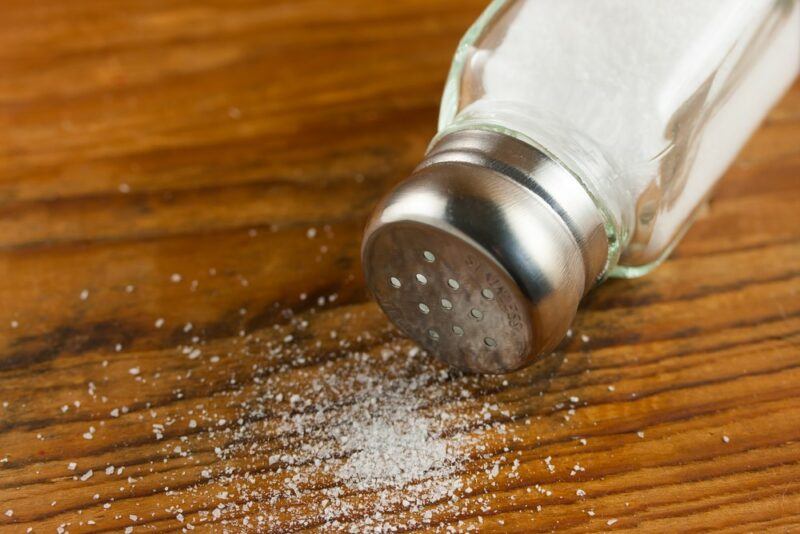
When we talk about salt, we generally mean the mineral sodium chloride (NaCl). This is what you find in your salt shaker and use regularly when cooking.
Salt naturally forms as a type of crystalline mineral, which is where rock salt comes from. Not surprisingly, there’s also a lot of salt in seawater.
Interestingly, salt is made up of 60% chloride and 40% sodium, but it is the sodium content that we’re most interested in. This is the element that matters the most to our health.
Sodium is essential for helping our muscles to relax and contract properly, prevents our blood pressure from getting too low, and is a key part of how our bodies balance fluids. These roles mean that you do need to consume some sodium to stay healthy.
They’re also why too much sodium is concerning, leading to problems like high blood pressure and fluid imbalances.
Benefits Of Salt
Helps You Stay Hydrated
One of sodium’s main roles is to influence the amount of water that enters and leaves your cells. This balance is a crucial part of our health. After all, water is needed to make sure that everything functions as it should.
Having too much can lead to fluid retention while having too little can lead to dehydration instead.
Indeed, you’ll often see sodium included in sports drinks like Gatorade and Powerade to help athletes avoid dehydration. The approach is important, as we lose sodium through our sweat and don’t get it back through regular drinking water.
So, if you’re sweating heavily, getting extra sodium is very important.
It must be said, however, that sports drinks aren’t a good choice for everyone. The extra sodium only helps with hydration if you’re losing a decent amount of sodium through sweat. If you’re only sweating a little or aren’t exercising for long, you probably don’t need to increase your sodium intake.
Prevents Low Blood Pressure
Sodium is important for blood pressure regulation and too much sodium does increase blood pressure. This is why people with high blood pressure are often told to follow low sodium diets.
However, this doesn’t mean that your blood pressure should be as low as possible. There are serious problems when your blood pressure is too low too, including fatigue, depression, fainting, dizziness, and blurred vision.
Getting enough sodium can help make sure that your blood pressure stays within a healthy range.
Is Too Little Salt Dangerous?
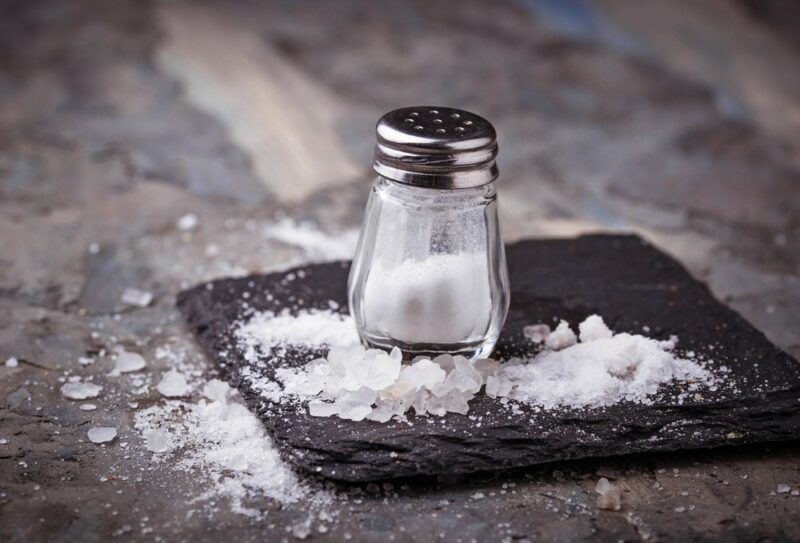
There’s plenty of discussion about the dangers of too much salt, but what about too little? It’s easy to overlook the fact that too little salt can be a serious problem as well.
According to research, the adequate intake of sodium is 1,500 mg per day, although we may only need as little as 500 mg of sodium per day. Not surprisingly then, serious salt deficiencies don’t happen often in the United States.
Our heavy reliance on salt in processed food and cooking helps to ensure this. Some sodium occurs naturally on foods too, but not all that much.
Still, keep the importance of sodium in mind if you’re following a low sodium diet. Seriously. The goal is to cut your sodium intake down, not get rid of sodium entirely.
Why We’re So Worried About Salt
Then there’s the other side of the coin, the problem of too much salt.
As most people know, high salt intake can lead to many complications, including high blood pressure and an increased risk of heart disease. High sodium intake may also lead to the loss of calcium, some of which may even come from your bones. Water retention is another notable issue, as too much sodium influences your body’s ability to regulate fluids.
Some groups are particularly sensitive to sodium, including those with chronic kidney disease, diabetes, and older adults.
To make matters worse, some of the side effects of too much salt aren’t immediately obvious. High blood pressure is a key example of this, as many people don’t experience any symptoms at all. Unless you’re getting your blood pressure checked regularly, the problem could easily slip under the radar.
Salt Has Addictive Qualities
Salt is also somewhat addictive. I’m sure you know what I mean. Once you start regularly adding salt to your food, it becomes difficult to enjoy food any other way. Indeed, food without salt might taste bland and flavorless before too long.
You may also find that you increase the amount of salt you use as time goes on.
This quality of salt is well-known. It’s one reason that companies include so much salt and sugar in their processed foods – to keep you coming back for more.
How Much Salt Should You Be Having?
Current guidelines suggest that adults should be consuming no more than 2,300 mg of salt per day, which equates to roughly a teaspoon. Many of us consume more than that, with Americans consuming an average of around 3,400 mg of sodium per day.
People following a low sodium diet try to keep their sodium intake lower, often less than 2,000 mg of sodium per day. You might be following this type of diet if your blood pressure is too high, are above 65, or have kidney disease.
However, these numbers are just guidelines. Some people may need more sodium than others. For example, athletes who sweat heavily often need to replenish their sodium, as sodium is lost in sweat. People with cystic fibrosis need more sodium too, as they have higher than normal sodium loss through sweat.
How To Cut Down On Salt
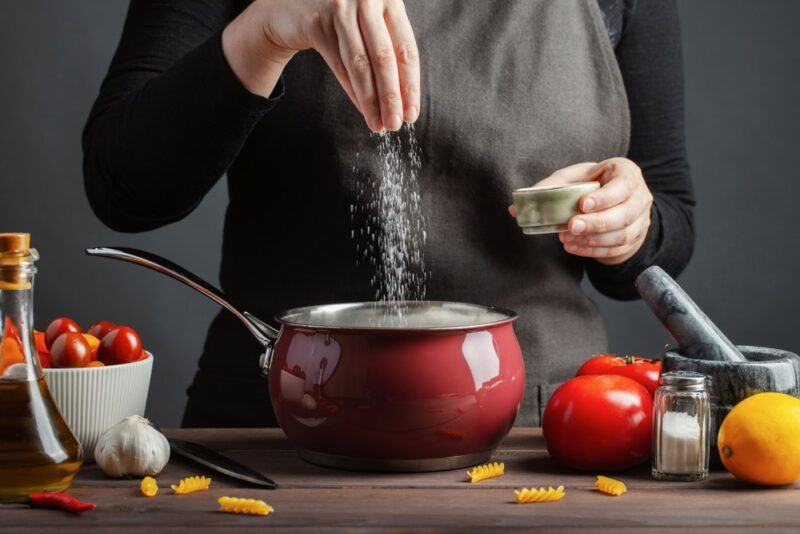
Increasing sodium intake is as simple as sprinkling table salt on your meals or using more when you cook. Cutting down on sodium can be much more difficult, as salt is used in so many foods.
The first step is to avoid, as much as possible, sodium rich foods. You even need to be wary of healthy options, like some fermented foods.
Watch out for processed foods too. Many of these contain more sodium than you might expect. The sodium content is easy to miss too, as the saltiness is often masked by other flavors.
Carefully reading nutrition labels makes it easy to work out which foods are low in sodium. Make sure to pay attention to the serving size as well, as some companies use deceptively small serving sizes.
Another trick is to simply start focusing more heavily on fresh fruits, vegetables, legumes, and other whole foods, rather than using processed ingredients. These foods all have very low natural levels of sodium,
Cutting down the salt used in cooking helps as well. Don’t worry, your food doesn’t need to be bland. You can create some amazing flavor profiles by getting creative with herbs and spices. Lemon juice, vinegar, and pepper are helpful too.
Many people find it best to do this slowly. Rather than making a dramatic change, start by gradually decreasing the amount of salt that you use. This gives your taste buds time to adjust to the lack of salt. You should find that your cravings for salt decrease over time until you don’t miss salt at all.
What About Pink Himalayan Salt?
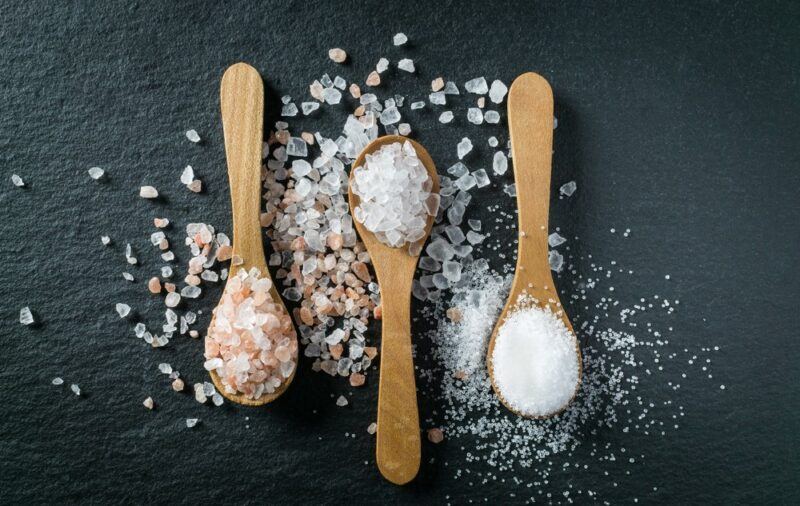
Pink Himalayan salt is often seen as a healthier choice than regular table salt. This is mostly because the salt contains trace minerals, including calcium and magnesium. These minerals give the salt its pink color and change the flavor profile as well.
While pink Himalayan salt seems much better than table salt, the differences are minimal. In fact, 98% of pink Himalayan salt is sodium chloride (the same mineral as in table salt). The remaining 2% contains the trace minerals.
But remember, you only eat a small amount of salt at a time, so you won’t get that many minerals from it. Besides, most of the minerals present are ones that you get from many other foods. As far as health goes, the minerals in pink Himalayan salt (and other artisan salts) mean very little.
The biggest advantage of pink Himalayan salt is that it’s less processed than regular table salt. It’s also less likely to include additives, like anti-caking agents. Even so, there are natural table salt products out there too.
In the end, you’ll get the same health effects from table salt and pink Himalayan salt. The same is true for other types of artisan salts.
The Intersection Between Potassium And Sodium
It’s also worth mentioning how potassium and sodium interact with each other in your body. These two nutrients have opposite effects, where high levels of potassium help to lower blood pressure and lead to sodium loss, while high sodium intake increases blood pressure instead.
This interaction means that most people need to be consuming more potassium than sodium. Unfortunately, the opposite is often the case.
For many people then, decreasing salt intake and consuming more potassium rich foods helps to decrease heart disease risk and improve health.
Research Is Ongoing
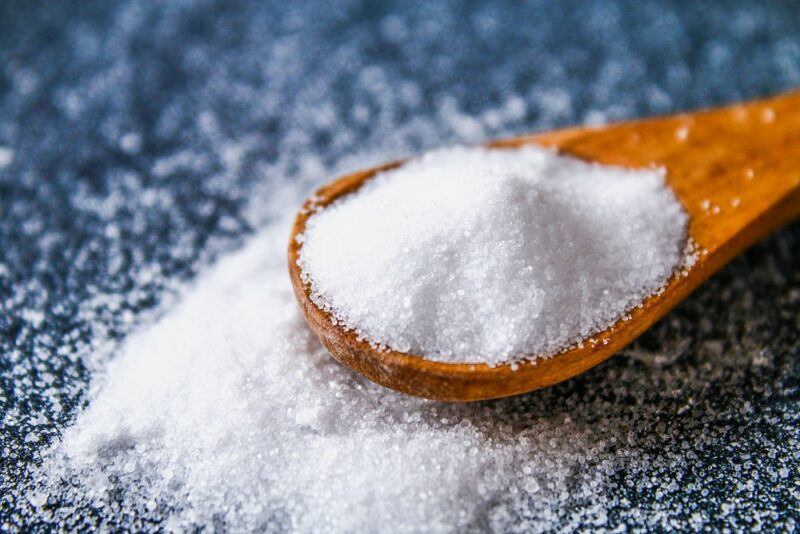
There’s one final important point to make – that there are still plenty of gaps in our knowledge about sodium and health. Surprising as it may seem, there are even limitations in our evidence for the link between high sodium diets and poor health outcomes.
Part of the problem is that nutritional studies often look at the food choices, health, activity, and other factors for a large number of people, then hunt for statistical associations (like an association between saturated fat and heart disease or one between sodium and blood pressure).
Such approaches have their place, as they can look at information from many people at once. However, this type of study design can’t test cause and effect.
Some of the observed associations might be caused by other things too. For example, much of our sodium comes from processed food, so people consuming a lot of sodium may also have a high intake of processed food. If that’s the case, then it could be another feature of the processed food that’s contributing to some observed health problems.
Research limitations like this are a reminder of why it’s so important to listen to your own body. You can also request specific tests from your doctor, like a sodium level test, to get a better sense of how your body responds to your diet and lifestyle.
Final Thoughts
Despite common assumptions, salt isn’t always a bad thing. Our bodies need the sodium in salt to function well. Some of us even need more sodium than others.
The trick is to cut your salt intake down so that you’re not consuming too much, but make sure that you’re still getting some sodium. Artisan products, like pink Himalayan salt can be helpful, as they are often less processed than regular table salt.
In the end, your diet really is a balancing act. Few foods are bad for you in all situations, which is why it’s so important to pay attention to your own needs and focus on your overall diet.
Frequently Asked Questions
What Is Iodized Salt?
Iodized salt is simply salt that has had iodine added. This practice has been done since the 1980s as an attempt to decrease iodine deficiency.
If you’re getting iodine elsewhere in your diet, you may not need iodine in your salt as well. However, if your iodine intake is low, then the iodine in salt can be incredibly valuable.
Is Salt A Mineral?
Yes, salt is a naturally occurring mineral, mostly made of sodium chloride (NaCl). However, the version you regularly use for dinner may be refined and have added ingredients, like an anti-caking agent or iodine.
What Is Kosher Salt?
Kosher salt is simply salt made of sodium chloride, with nothing added. As such, it doesn’t contain any anti-caking agents or iodine. It’s often free from trace minerals as well.
Does Salt Have Calories?
Salt is actually calorie free, but this isn’t permission to go overboard. Too much salt can still be seriously harmful. It may also make you temporarily gain weight through water retention.
Does Salt Go Bad?
Regular salt doesn’t expire. It’s even used to help preserve food.
Iodized salt is a little different, with a shelf life of roughly 5 years, as its stability decreases over time. That said, you can still use the salt after this date, the quality will just be lower.
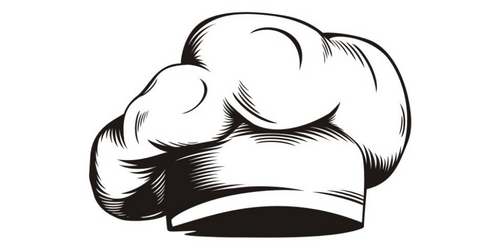

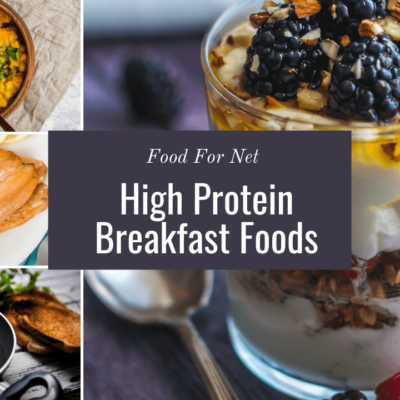
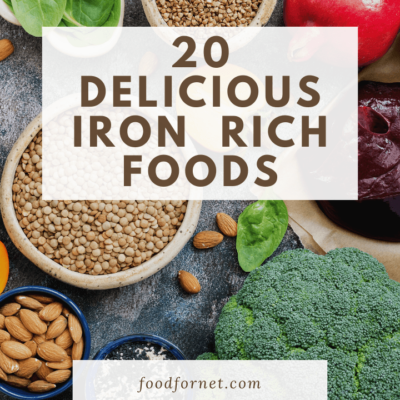


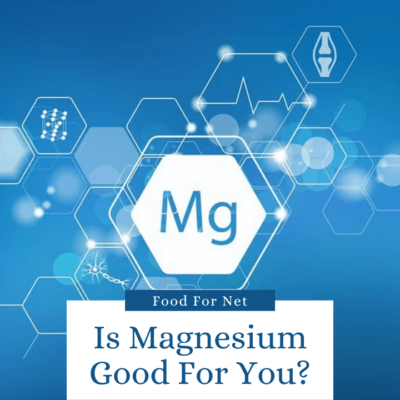
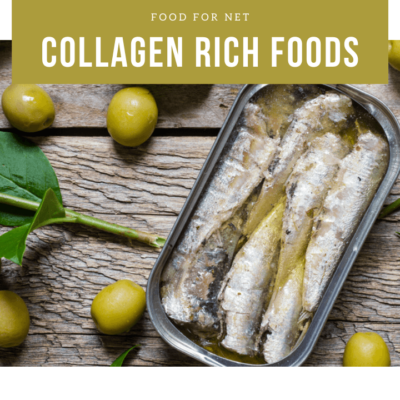
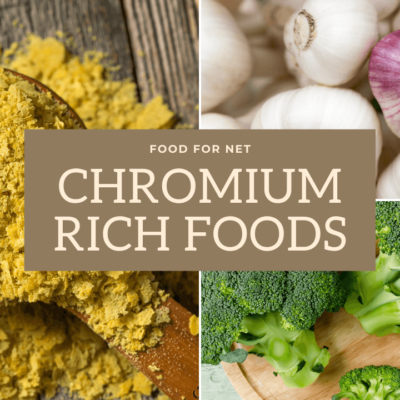
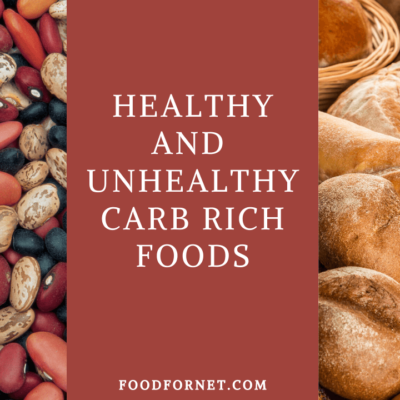
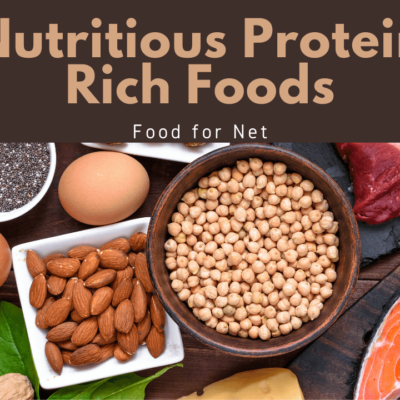




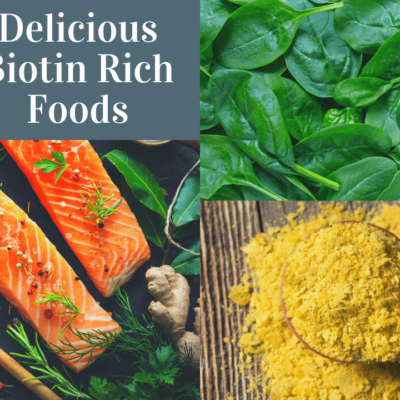
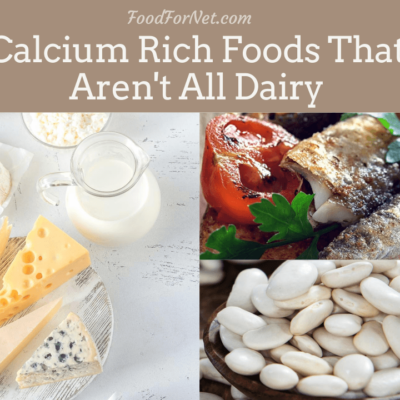
 Top 12 Best Vegetables to Steam Plus Tips on How to Ace Steaming
Top 12 Best Vegetables to Steam Plus Tips on How to Ace Steaming
Leave a Reply